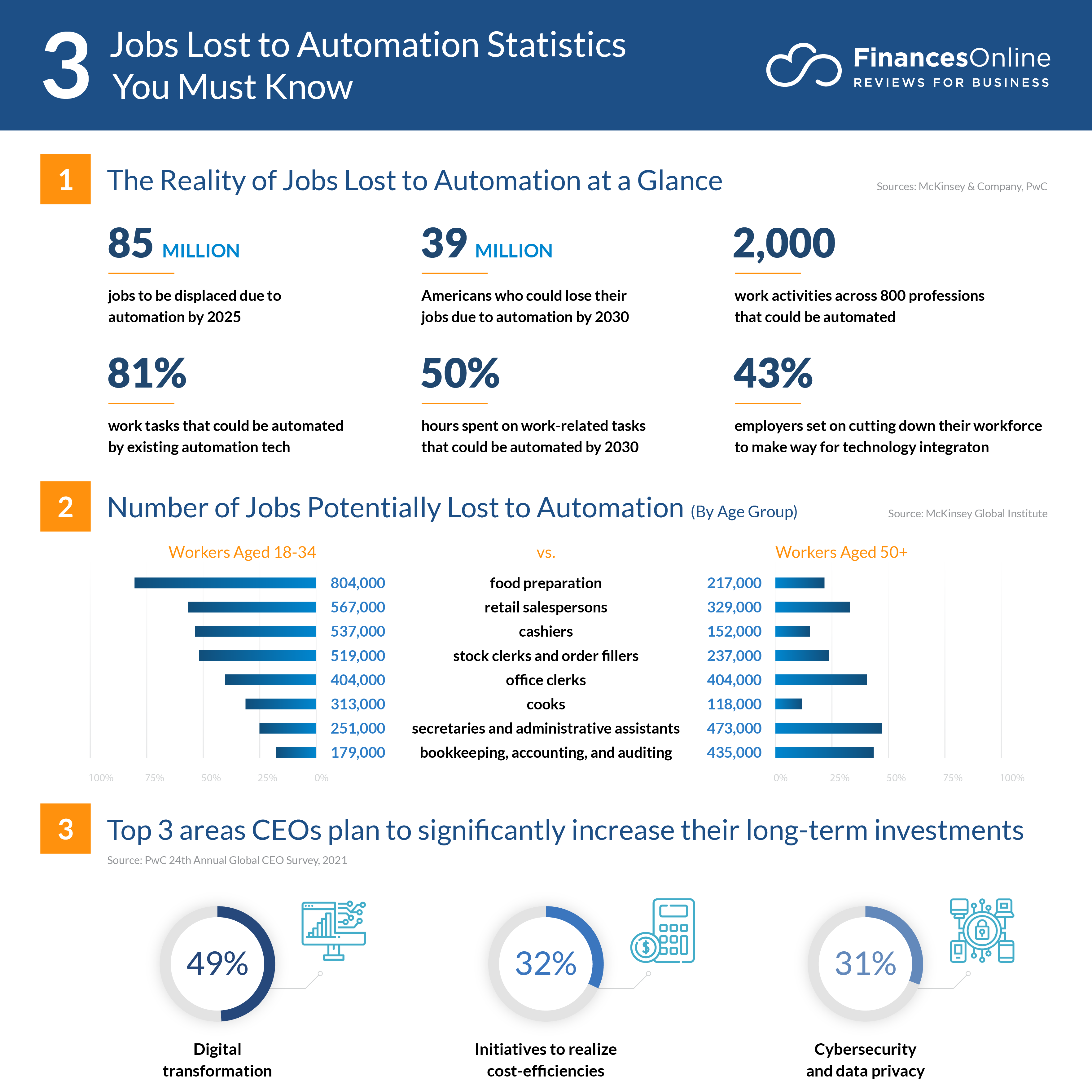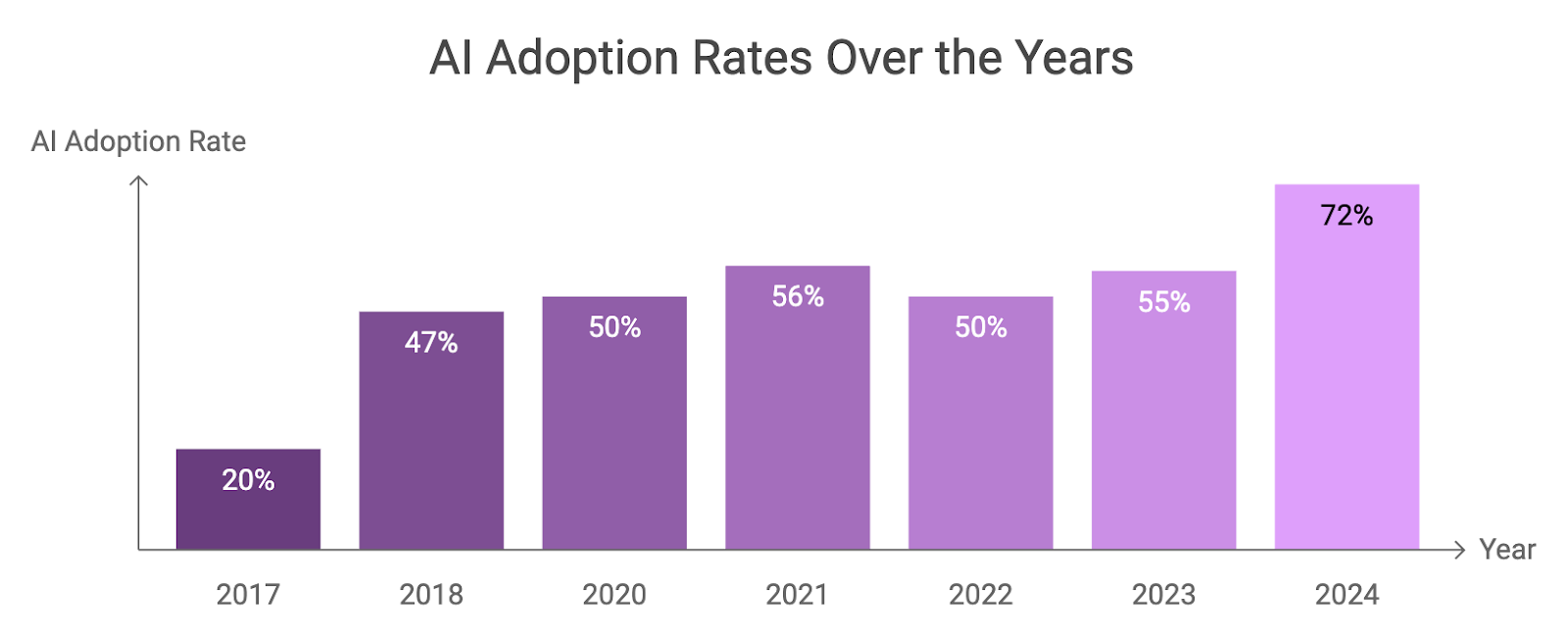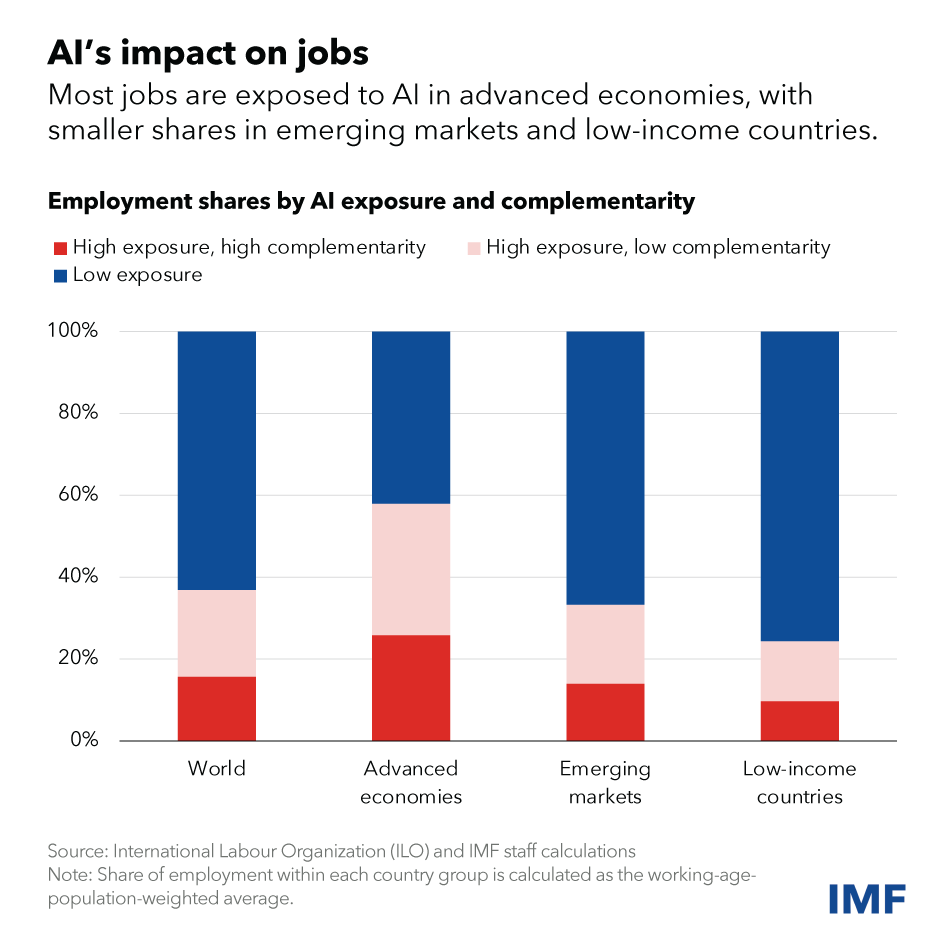The Impact of Automation on the Job Market in 2024: Opportunities and Challenges
In 2024, automation and artificial intelligence (AI) are transforming the global job market, presenting significant challenges and exciting opportunities. As businesses increasingly adopt automated tools, the ripple effects are being felt across industries, reshaping how we work, where we work, and the skills required to thrive in this dynamic environment.

Source: Harvard Business Review
Job Displacement and Creation
The automation revolution is often seen as a double-edged sword. While it drives productivity and economic growth, it also sparks concerns about job displacement. However, this disruption also fosters innovation, creating new roles and opportunities.
The Scale of Job Losses Due to Automation
By 2030, an estimated 300 million jobs globally could be lost to automation, according to a World Economic Forum report. Manufacturing, a historically labor-intensive sector, is already experiencing significant layoffs. By 2025, two million jobs in manufacturing alone could be replaced by automated systems.
A closer look at job vulnerability highlights roles such as:
- Data entry clerks
- Administrative secretaries
- Accounting professionals

Job Loss Statistics by Sector
Companies are not immune to this trend. A staggering 44% of organizations currently using or planning to adopt AI believe it will lead to layoffs by the end of 2024, reinforcing the urgency to address workforce concerns.
Emerging Opportunities from Automation
Despite its disruptive potential, automation is also a significant driver of job creation. The AI revolution is expected to generate 97 million new jobs globally by 2030. These roles span diverse domains, including:
- AI programming
- Machine learning engineering
- Data analysis
- System management
This shift underscores the importance of reskilling to prepare workers for future opportunities. For example, DUYTHIN.DIGITAL, a platform specializing in automation tools for platforms like Facebook, Zalo, and Google SEO, enables businesses to harness automation effectively, ensuring they stay competitive in this rapidly evolving landscape.

Predicted Growth in Automation-Driven Careers
Transformation of Existing Roles
Rather than solely replacing jobs, automation is also transforming existing roles. Employees are increasingly working alongside automated systems, leveraging their capabilities to boost productivity.
Augmenting Current Jobs
In many cases, automation enhances rather than eliminates roles. For example:
- Marketing professionals use AI tools for personalized customer interactions.
- Customer service representatives deploy chatbots for faster query resolution.
- Supply chain managers rely on predictive analytics to streamline logistics.
This collaborative dynamic allows workers to focus on strategic tasks, improving job satisfaction and efficiency. Read more about how businesses can integrate automation effectively.
Workers Transitioning Careers
The widespread adoption of automation necessitates career transitions for many. A recent study predicts that 14% of workers globally will need to change careers by 2030. In the U.S., 75% of job seekers expect their roles to evolve within the next five years as technology reshapes job responsibilities.
“Automation doesn’t mean extinction of jobs; it’s an evolution. Workers must adapt by embracing new skills and industries.” — Industry Expert, AI Workforce Solutions
Sector-Specific Impacts of Automation
The effects of automation vary significantly across industries. While some sectors experience a decline, others see unprecedented growth.
Industries Facing Decline
Roles that involve repetitive tasks are particularly vulnerable. For instance:
- Writing and basic coding jobs are increasingly automated.
- Clerical positions, such as data entry and administrative support, face rapid declines.
High-Growth Sectors Fueled by Automation
On the flip side, industries such as cybersecurity, AI integration, and advanced manufacturing are flourishing. These fields require skilled professionals adept at managing and implementing automated systems, underscoring the need for targeted reskilling programs.

Sector Impacts of Automation
Stay tuned for the next section of this article, where we’ll explore the economic and productivity implications of automation and discuss how workforce adaptation strategies are key to thriving in this evolving landscape.